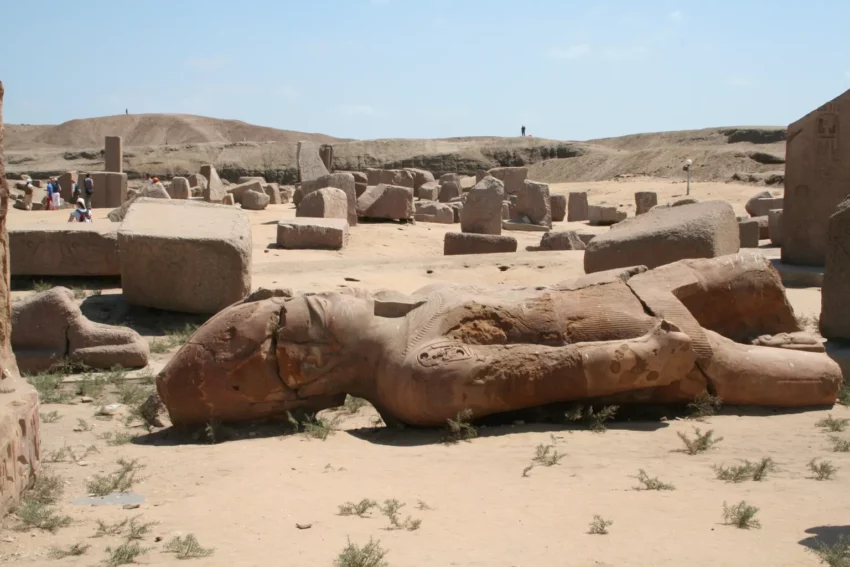Tanis, once a bustling metropolis of ancient Egypt, now lies as a testament to the grandeur of a civilization long past. This city, shrouded in sand and mystery, was the political and economic hub of the Nile Delta. It served as the capital during the 21st and 22nd dynasties and was home to a wealth of archaeological treasures, including royal tombs and precious artifacts. Tanis’s significance in history is underscored by its rich finds, which continue to offer insights into ancient Egyptian culture and society.
Get your dose of History via Email
Historical Background of Tanis
The discovery of Tanis dates back to the 19th century when Auguste Mariette stumbled upon the site. It was later excavated by Pierre Montet, who unearthed royal tombs in the 1930s. The city was built in the late Twentieth Dynasty and became prominent during the Third Intermediate Period. Tanis was unique as it was not a new creation but a reoccupation of an older site, known as Djanet. Over time, it became the northern capital, overshadowing the declining Memphis.
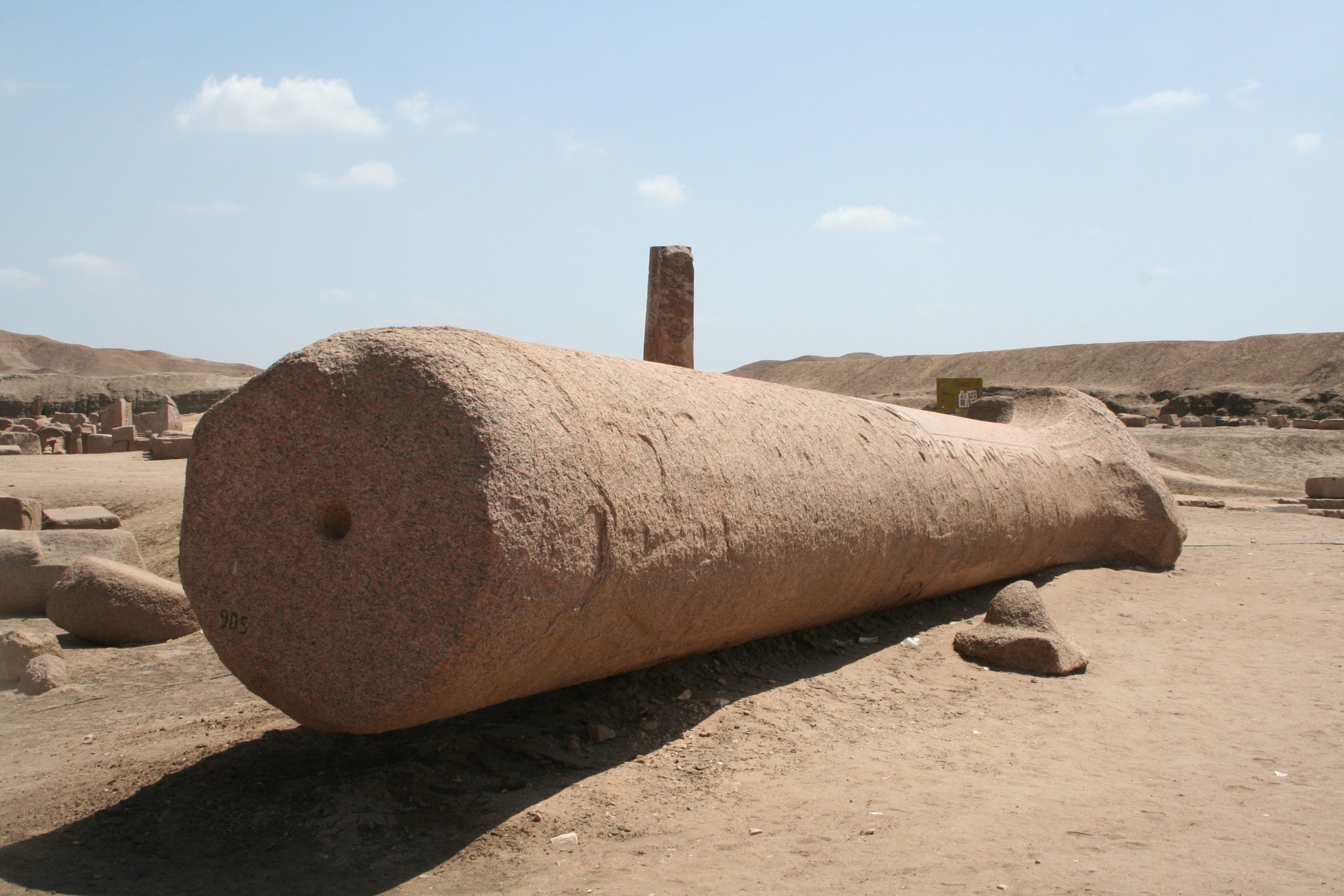
Pharaohs of the 21st and 22nd dynasties chose Tanis as their northern residence. They built magnificent temples and tombs, repurposing stones from nearby defunct cities. The city thrived as a religious center dedicated to the god Amun. Its strategic location near the Mediterranean Sea facilitated trade and interaction with other cultures, further enhancing its status.
Later, Tanis fell into the hands of foreign rulers, including the Nubians, Assyrians, and Persians. Each left their mark on the city, contributing to its diverse cultural landscape. Despite its decline in the Late Period, Tanis remained significant in Egyptian history. It was the scene of various historically important events, including political shifts and cultural exchanges.
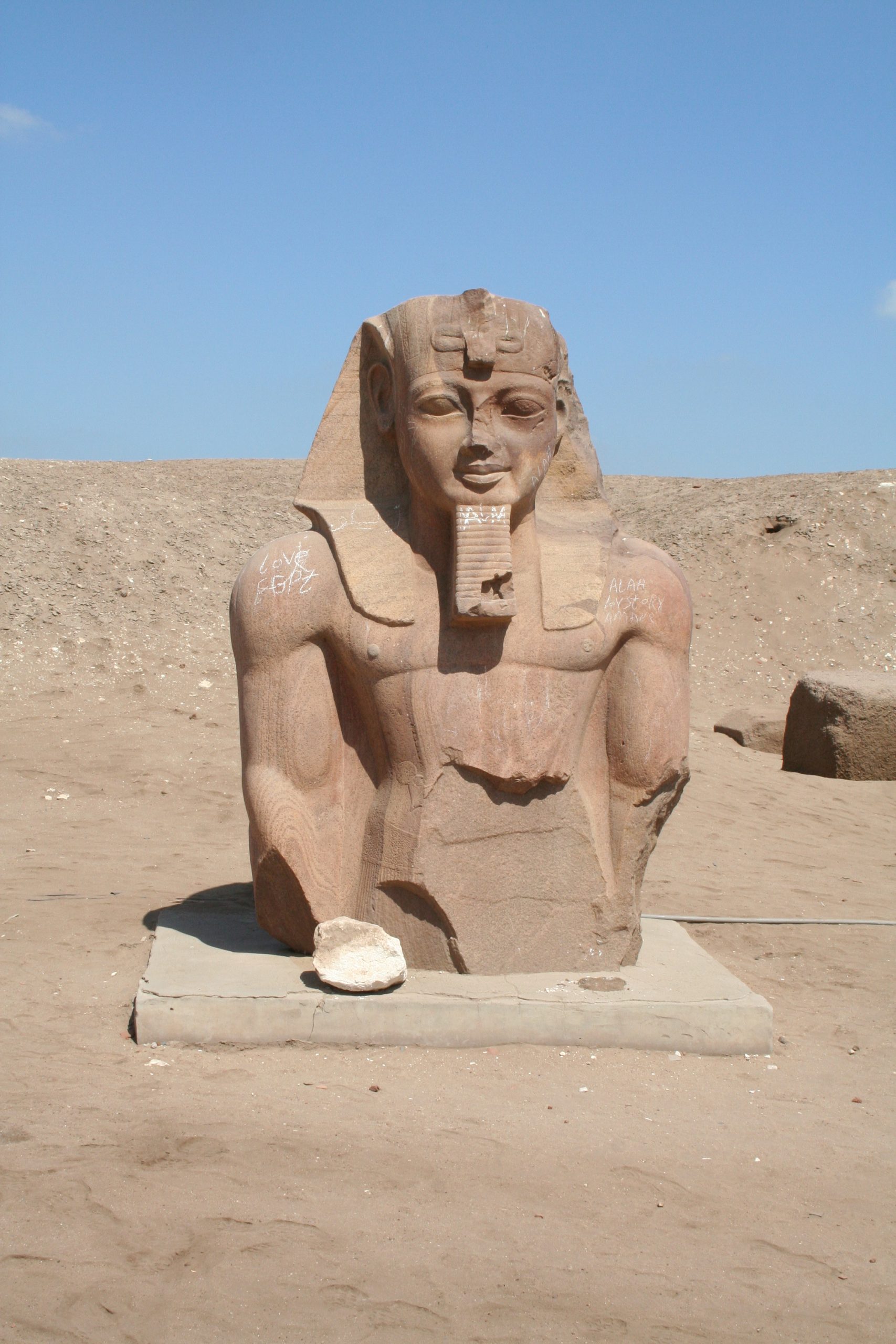
Excavations at Tanis have revealed a wealth of artifacts, including statues, stelae, and an abundance of gold. These finds have helped historians piece together the city’s past and understand its role in the broader context of Egyptian history. The tombs of Tanis, in particular, have provided invaluable insights into the burial practices and material culture of the elite during the Third Intermediate Period.
The city’s history did not end with the ancient Egyptians. It continued to be inhabited into the Roman period, although its prominence had waned. Today, Tanis offers a unique window into the past, with its ruins and treasures continuing to captivate archaeologists and historians alike.
About Tanis
Tanis was a city of great architectural achievement, with its grand temples and royal necropolis. The city’s layout was typical of ancient Egyptian urban design, with temples, administrative buildings, and residential areas. The use of sandstone and granite in construction was common, with many structures adorned with intricate hieroglyphics and relief carvings.
The most significant architectural feature of Tanis was the temple complex dedicated to the triad of Amun, Mut, and Khonsu. This complex was the heart of the city, reflecting its religious importance. The temples were richly decorated, with colossal statues and obelisks that stood as testaments to the city’s wealth and artistic prowess.
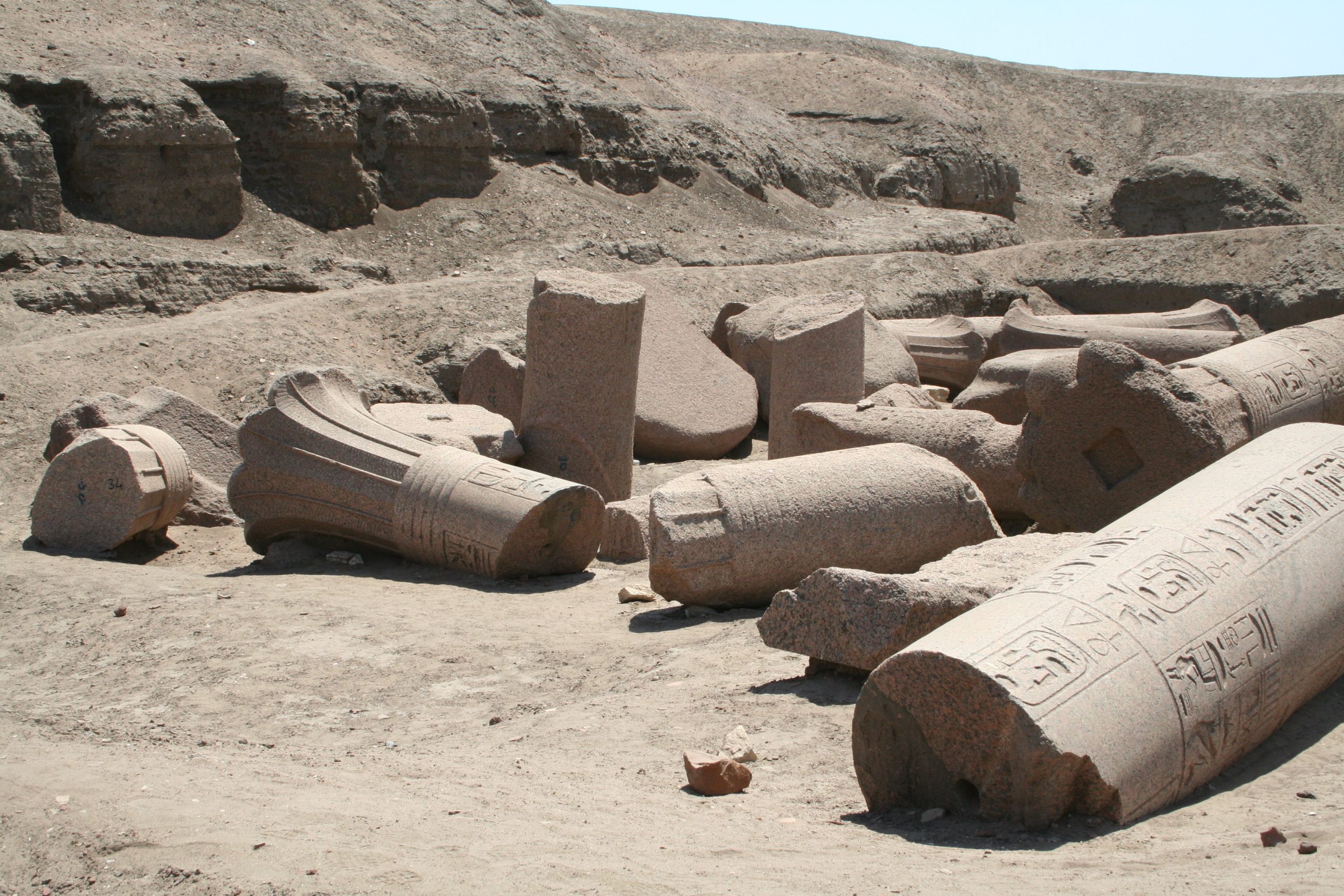
The royal tombs of Tanis were another highlight, with their elaborate design and rich assemblage of grave goods. These tombs were constructed to ensure the safe passage of the pharaohs into the afterlife. They contained sarcophagi, jewelry, and other funerary items, many of which were crafted from precious metals and stones.
Despite the grandeur of its monuments, much of Tanis remains unexcavated. The city’s size and the depth of its ruins pose significant challenges to archaeologists. However, the parts that have been uncovered reveal a complex urban center with a high degree of planning and sophistication.
The construction techniques used in Tanis were advanced for their time. Builders employed methods that ensured the longevity of the structures, many of which have withstood the test of time. The city’s ruins continue to be a source of fascination, offering a glimpse into the architectural ingenuity of ancient Egypt.
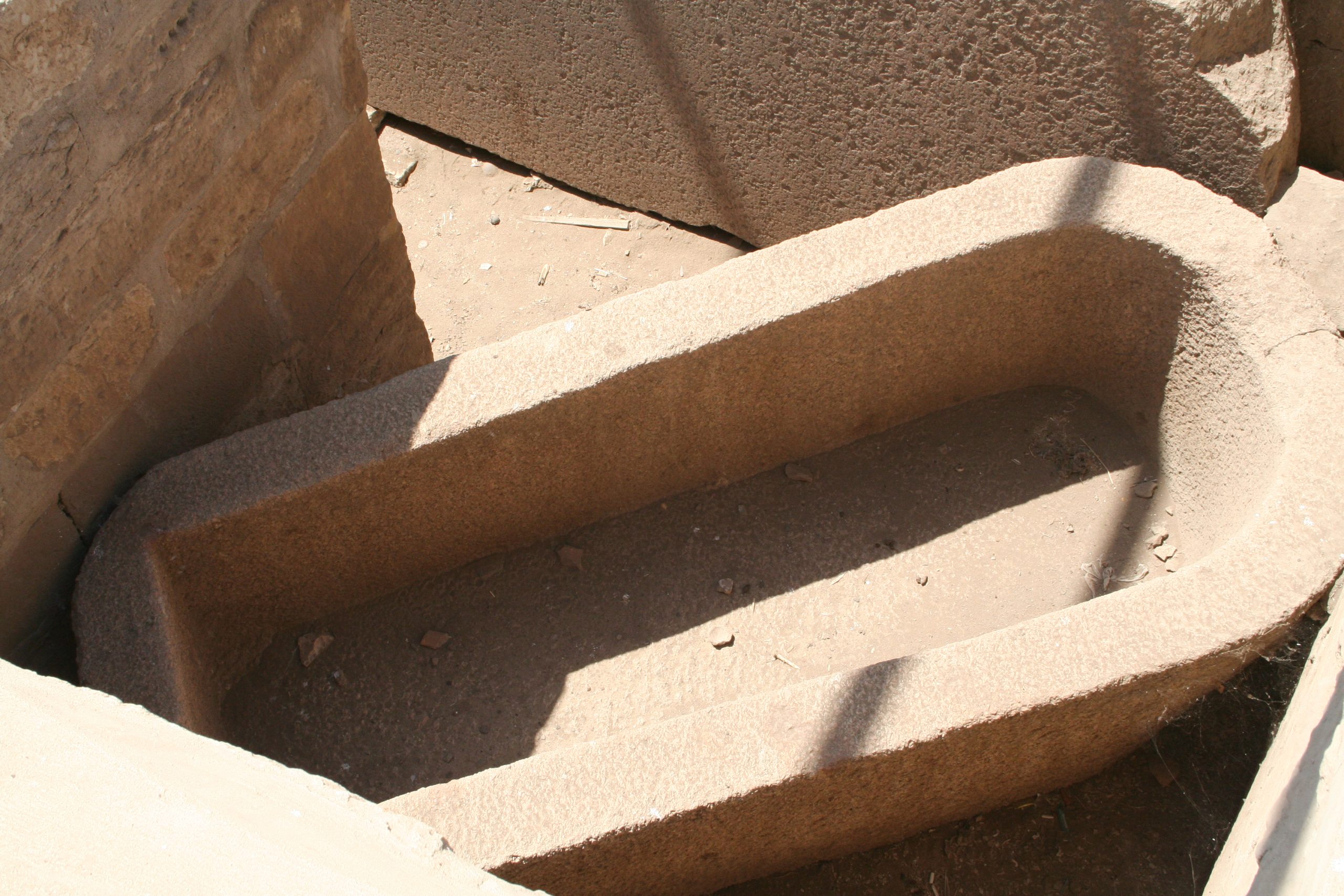
Theories and Interpretations
Several theories surround Tanis, reflecting its complex history and the mysteries that still shroud the site. One theory suggests that Tanis was a strategic choice for the capital due to its proximity to trade routes. This location allowed it to flourish economically and politically.
Some scholars believe that the religious significance of Tanis was paramount. The city’s dedication to the worship of Amun may have been a deliberate attempt to consolidate religious power in the north. This move could have been a political strategy by the ruling dynasties to strengthen their legitimacy.
The mysteries of Tanis also extend to its royal tombs. The presence of reused materials from earlier sites has led to debates about the nature of the city’s construction. Some argue that this recycling reflects a decline in resources or a shift in religious practices.
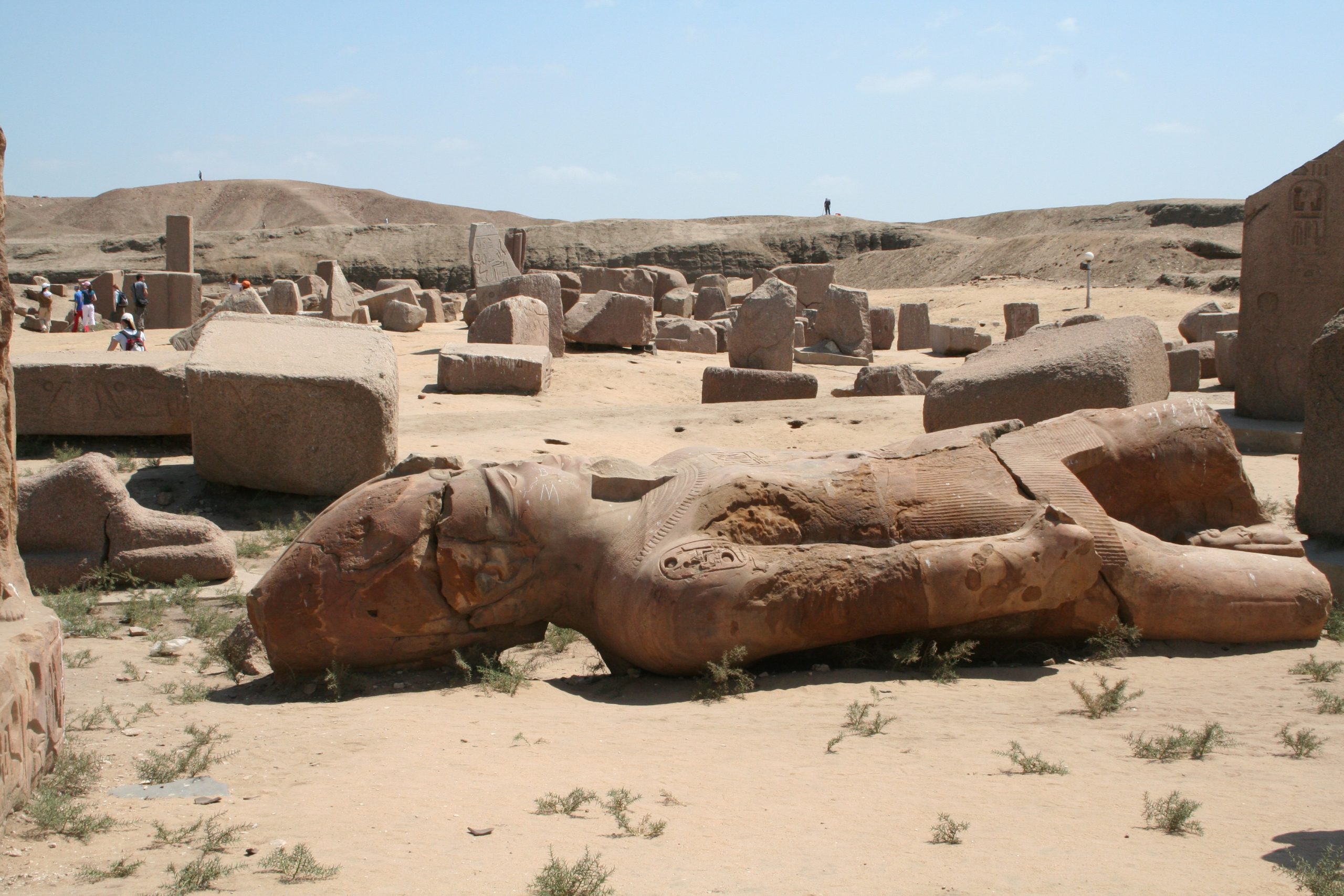
Historical records and archaeological evidence have been used to interpret the city’s past. However, gaps in the records and the incomplete nature of the excavations leave room for speculation. The dating of certain structures and artifacts has been carried out using radiocarbon dating and other methods, providing a timeline for the city’s development.
The interpretations of Tanis are continually evolving as new discoveries are made. Each find adds a piece to the puzzle, allowing for a more nuanced understanding of this ancient city. The work of archaeologists and historians is crucial in piecing together the story of Tanis and its place in Egyptian history.
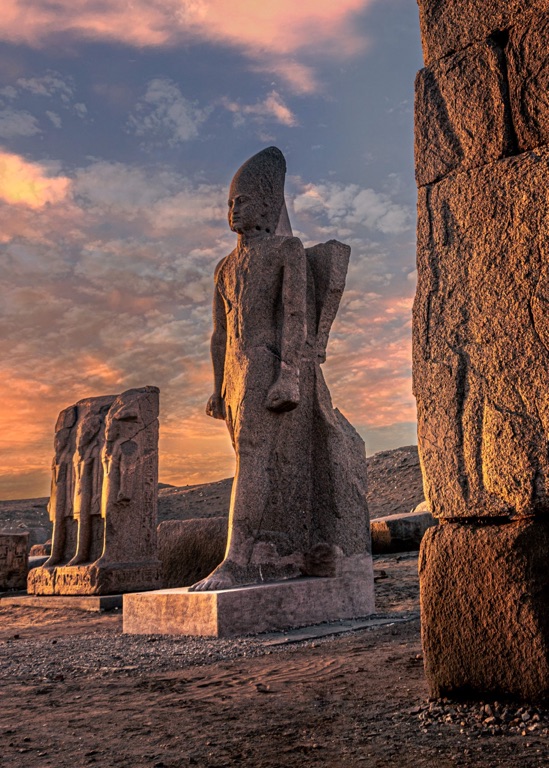
At a glance
Country: Egypt
Civilization: Ancient Egyptian
Age: Late Twentieth Dynasty to Roman Period (circa 1070 BC to the 3rd century AD)

